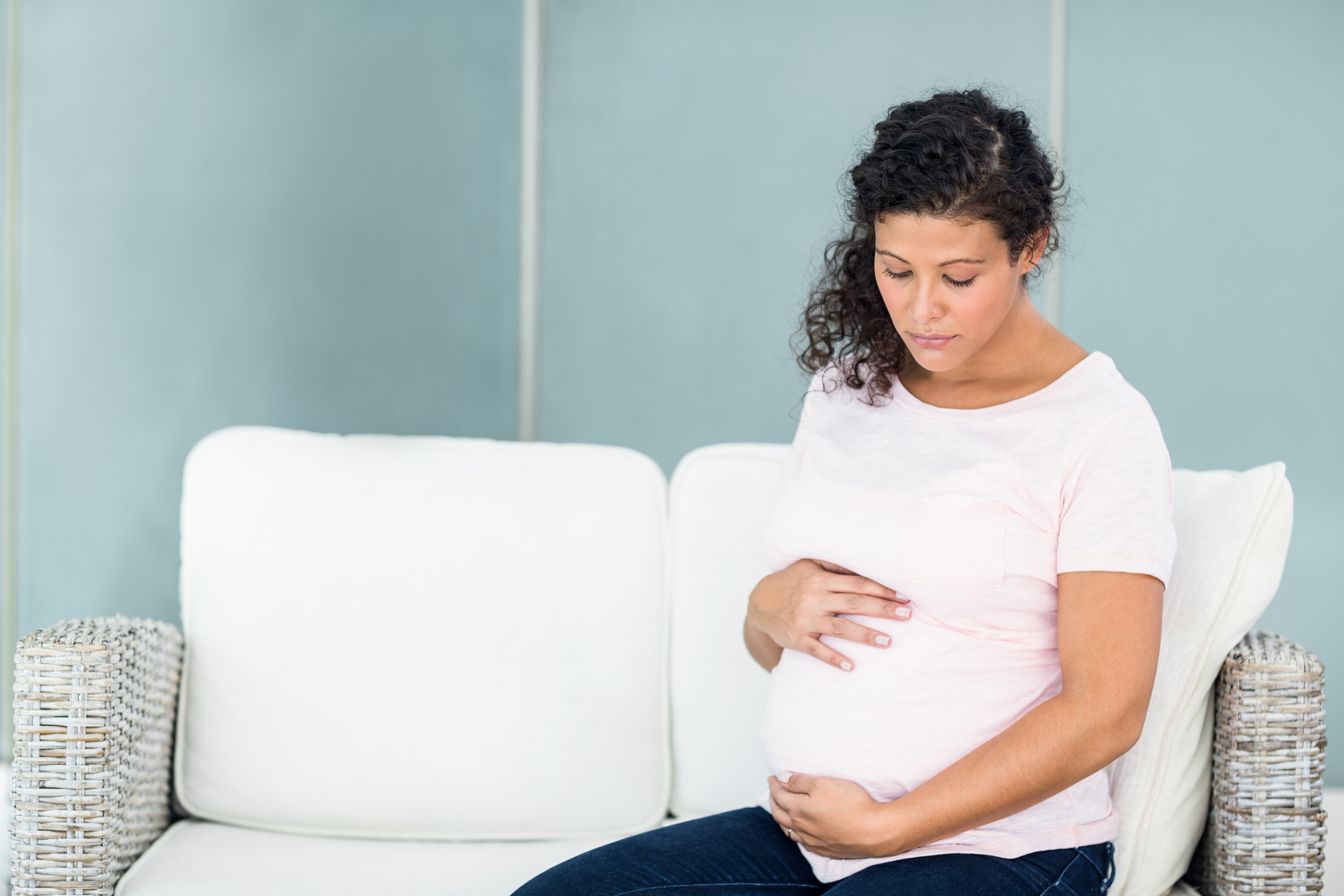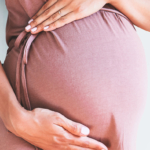Since the release of the Diagnostic and Statistical Manual of Mental Disorders or DSM-V, Obsessive Compulsive Disorder (OCD) has been classified under the umbrella term of Obsessive Compulsive and related disorders (OCRD). This group of disorders includes not only OCD but also body dysmorphic disorder (BDD), hoarding disorder (HD), trichotillomania (TTM), and excoriation disorder (ED).
Despite the ongoing debate that OCD may be better classified under anxiety disorders, there are unmistakable and agreed upon similarities in the clinical presentation, pathogenesis, genetic vulnerability, and treatment response between OCD and the other “related disorders.” However, the remaining OCRDs have not been studied to the extent of OCD, even with the serious and well-established functional impairment associated with these disorders.
Rates of OCD are a surprising 7% to 11% across the perinatal period with peak prevalence at about 8 weeks postpartum. Given the similarities that do exist between OCD and related disorders, and the known propensity for women to experience exacerbation of OCD during pregnancy and the postpartum period, it remains a question as to whether women suffering from other OC related disorders are at high risk of similar impairment in functioning during the perinatal period.
Pregnancy, while for many women is a time of excitement and pleasant anticipation, is also a time of stress and transition, as there are massive changes in lifestyle and in body shape, features and functioning. Stress has been linked to development or exacerbation of all the OCRDs, especially the body focused OCRDs (ED, TMM, and BDD), it would not be surprising if the combination of high stress and rapid physical changes associated with pregnancy may lead to an increase in vulnerability to these body-focused OCRD symptoms when compared to other times.
A recent study sought to examine the prevalence of all OCRDs in pregnancy and the postpartum period, as well as the resulting functional impairment associated with OCRD symptoms during the perinatal period. Pregnant women were recruited during their second trimester from a Midwestern medical center and completed an online questionnaire and a semi-structured clinical interview between 28 and 32 weeks of gestation (N = 276) and during the postpartum period (6-8 weeks, N = 221). OCRD symptoms were assessed using well-established, validated questionnaires.
The researchers observed that during pregnancy, 14.9% (N = 41) of participants endorsed clinically significant BDD symptoms and 6.2% (N = 17) endorsed clinically significant OCD symptoms. During the postpartum period, 11.8% (N = 26) endorsed clinically significant BDD symptoms and 14% (N = 31) endorsed clinically significant OCD symptoms. Trichotillomania and excoriation disorder symptoms also occurred (particularly during pregnancy) but to a lesser extent. Worse postpartum functioning was observed in women with elevated OCRD symptoms during pregnancy and the postpartum period, with BDD symptoms having the greatest impact on functioning.
The researchers observed not only clinically significant prevalence of BDD, HD, TTM, and ED during pregnancy and postpartum, but also a high level of comorbid depression in those experiencing OCRD during pregnancy, especially those with BDD and OCD. Even in the absence of depressive symptoms, elevated OCRD symptoms during pregnancy were significantly associated with overall poorer postpartum adjustment, with the strongest association between body dysmorphic disorder symptoms and poorer postpartum adjustment.
The current study is consistent with previous studies showing high rates of perinatal OCD symptoms and is the first study to assess the prevalence of OCRD in this population, demonstrating a particularly high prevalence of BDD symptoms in pregnant and postpartum women. In this study, 14.9% of pregnant and 11.8% of postpartum women reported clinically significant BDD symptoms, which is much higher than the estimated point prevalence of BDD (2.5%) observed in adult non-perinatal women. Noting this striking finding, the authors speculated that BDD symptoms may be considered normative and perhaps time-limited given that the transitions in body image associated with pregnancy and the postpartum period are a transient event.
One major limitation of this study was that it did not take into consideration the impact of societal pressures surrounding beauty and body image during this major transition in a woman’s life. As such, it highlights the importance of normalizing such perinatal body changes that are inconsistent with Western ideals and examining this concept under the lens of a larger public health goal rather than simply considering a woman’s perceptions of her body as flawed and pathological. This uncovers a second limitation of the study which is a failure to control for pre-pregnancy body dissatisfaction, preoccupation with weight, and disordered eating behaviors.
Despite these limitations, it is clear that OCD is not the only disorder under the OCRD umbrella which may be exacerbated by pregnancy. In this context, OCRDs may lead to severe functional impairment and may negatively impact parenting. The OCRDs, especially those that are more body-focused, have the potential to emerge or worsen during pregnancy and the postpartum period; women should thus be monitored closely throughout pregnancy and the postpartum period for OCRD symptoms as these symptoms are associated with worse postpartum functioning and may increase risk for postpartum depression.
Victoria Canelos, MD
Miller ML, Roche AI, Lemon E, O’Hara MW. Obsessive-compulsive and related disorder symptoms in the perinatal period: prevalence and associations with postpartum functioning. Arch Womens Ment Health. 2022 Aug; 25(4):771-780.








Leave A Comment